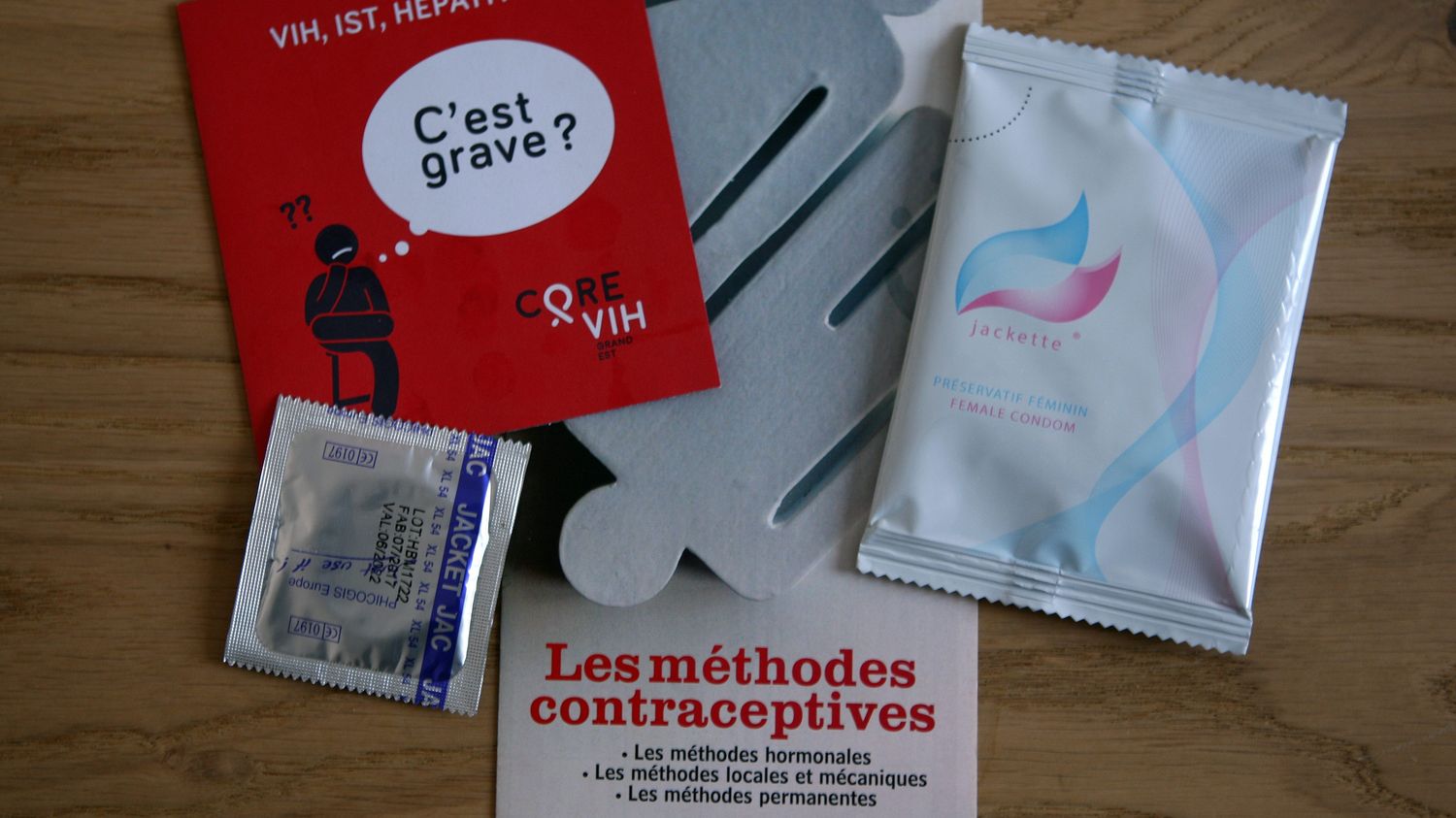Cases of bacterial sexually transmitted infections (STIs) increased significantly in France between 2020 and 2022, according to data from general practitioners. Figures deciphered and explained for franceinfo by Doctor Pascal Pugliese.
Published
Update
Reading time: 3 min

The trend is increasing. Between 2020 and 2022, general practitioners in the Sentinelles network will note an increase in sexually transmitted infections (STIs) in their practices. The figures published Tuesday, December 12 by Public Health France focus on three bacterial infections, chlamydia (+16% in two years), gonorrhea (+91%), syphilis (+110%).
A clear increase which can be explained both by a “increase in screenings” and an “less use of condoms“, according to Pascal Pugliese, doctor at Nice University Hospital and president of the national coordination of the fight against HIV and sexually transmitted infections in the Paca region.
franceinfo: How do you explain this increase in the number of cases of these three STIs?
Pascal Pugliese: First, for several years people have been testing themselves more. Either thanks to the communication around this issue, or through the care of people who are under Prep [un traitement préventif contre le VIH, ndlr]. These people are followed every three months to be screened for STIs. And since the use of this Prep is increasing, particularly since 2020 in community medicine, it is not abnormal to see an increase in screening and therefore probably in STI diagnoses among private doctors. That said, it is also possible that the incidence of STIs is increasing due to less condom use. In any case, we are seeing a stagnation in the sale of condoms. Please note that since the start of 2023, condoms have been available free of charge in pharmacies for those under 26. It is less known, but for those over 26, condoms are also reimbursed by health insurance, on prescription.
The figures from Public Health France are clear, young people are not the only ones affected by these STIs. Men over 50 are most affected by syphilis. Does that surprise you?
No. It is still a fairly specific population which is affected by syphilis, or gonococcal infections. These are mainly men who have sex with other men, who have several partners, who use Prep and probably use condoms less. The good news is that these people are also screened more regularly when using Prep. But for everyone else, we really need to invite, regardless of age, all people who have multiple partners to be screened and treated if necessary.
“There is a very telling figure: almost 25% of people diagnosed with HIV each year are over 50.”
Pascal Puglieseat franceinfo
In their youth, the use of condoms was not necessarily systematic and therefore perhaps, in fact, they are not used to using them. And then I still remind you that chlamydia infections are particularly high among young women. These cases are often asymptomatic, but can cause serious infertility problems. We often see patients arrive once they have symptoms and therefore the infection is already present, which can lead to complications. Hence the need to get tested, even if you do not have symptoms.
What are the signs and symptoms of an STI?
There are many symptoms. Overall, it is still vaginal pain, purulent discharge, pain when urinating in men. [le fait d’uriner, ndlr]. Syphilis takes other forms: it can be completely asymptomatic, it can take the form of what is called a chancre [érosion ou ulcération de la peau, ndlr]. You may also see skin rashes. So we should not hesitate, faced with any urinary, vaginal or anal problem, in someone who is sexually active, to go and get tested regularly with samples which are very simple to take.
How to protect yourself from STIs?
Condoms remain the most used means of preventing sexually transmitted infections and also for HIV. And then there are other means, monitoring and regular screening are among them. We hope that in the coming months, the National Sexual Health Strategy will make it possible, as for HIV now, to have screening for STIs without a prescription in all laboratories. And then there is also the use of vaccinations, for example against hepatitis B or papillomavirus.
